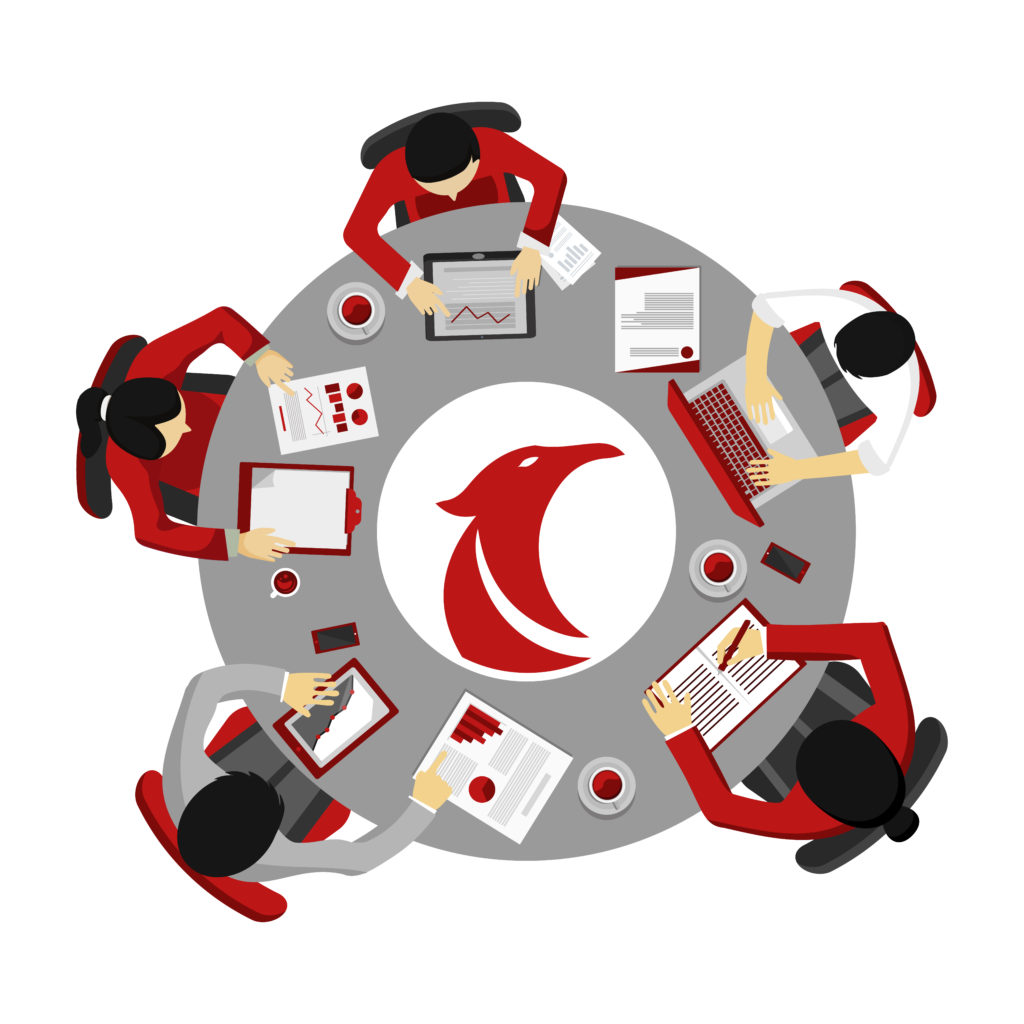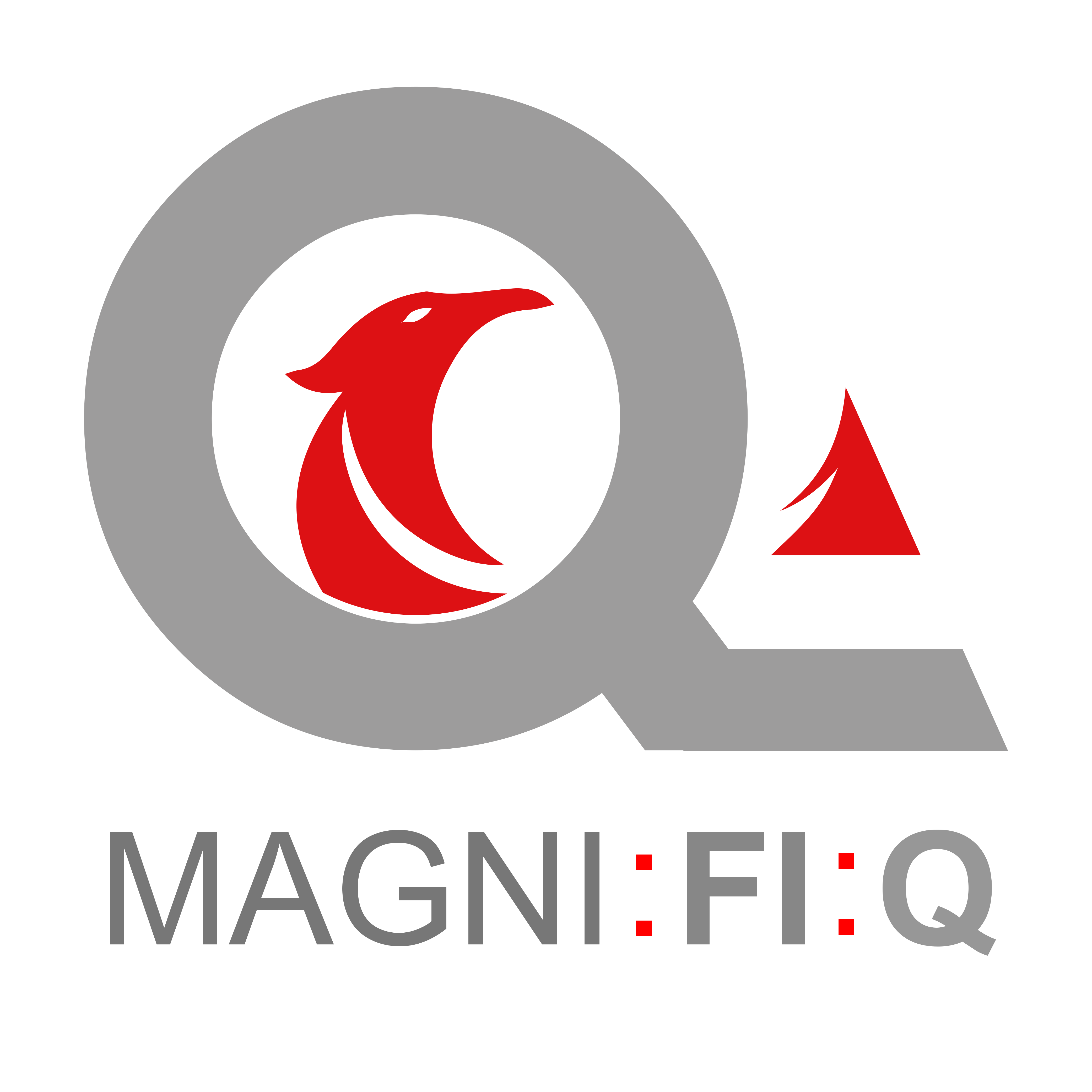The team at MAGNI:FI:Q QA has the mission to help our clients with all their software QA needs, going beyond testing. We want to help integrate quality within your processes as well, by providing analysis that can lead to greater quality.
We offer the following analysis disciplines:
Software Requirements Analysis
The establishment of Software Requirements is a foundational step in any software development project. By adding a layer of analysis during elicitation of requirements, our team can help you obtain clarity on your ROI, on the priorities of each requirement, on effort and dependencies evaluation and on other such considerations that are fundamental to your bottom line.
With the use of prototypes, models, matrices, and other forms of high-level analysis, we can help you understand the implications of your requirements and early decisions.
We can help document these requirements more clearly to identify possible future blind-spots and remove some of the fog that exists at the early stages of a project. This added layer of analysis injects a measure of quality from the get-go to your project, and helps start processes on the right foot.


Architectural Software Analysis
When forming architectural decisions in software projects, we want to make them right. It is impossible to cover every possible question, however adding a layer of analysis during the architectural design of your software will help you raise more questions so as to provide better answers and solutions.By documenting the architectural concerns, implications, questions and their answers, our team provides coverage that grows as the analysis advances.
Development Process Analysis
Resources abound on Software Development Process Management, Project Management, keywords are used with ease, but in practice each project is unique in the way it must be managed due to several factors: staff count, team count, approaches to specific tasks, technologies used, integrations, configurations, languages spoken, features expected, quality expected and expected speed of delivery. Due to the various ways a project can be managed, it is possible to maximize performance of a team through the analysis of the above factors. The stronger the analysis, the better the output of the team, the better the software.


